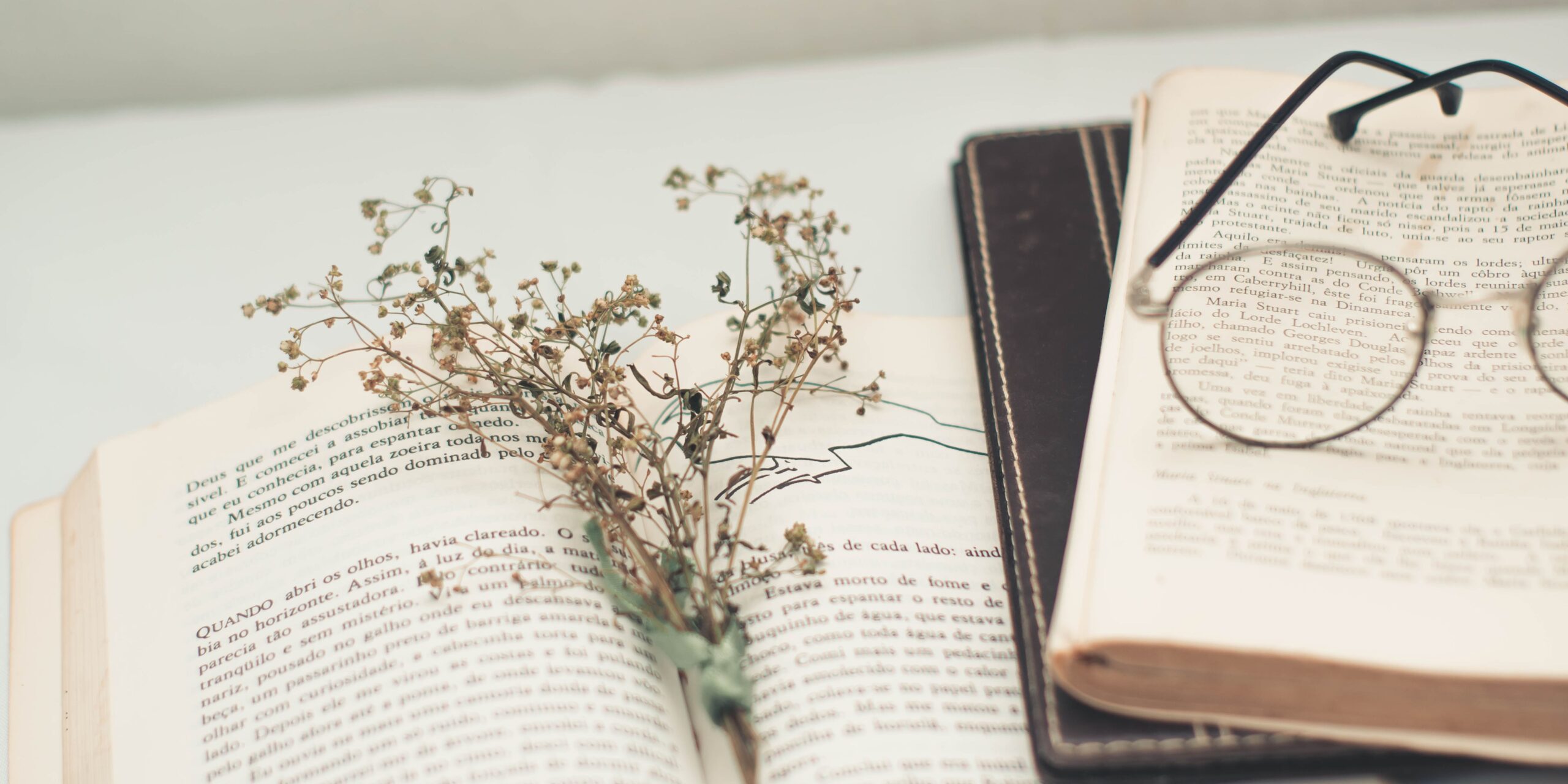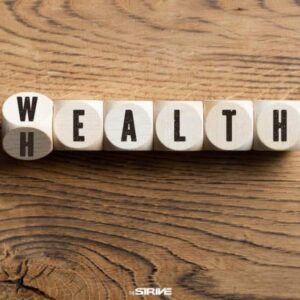On 25 March 2020, the world saw a new horror, we faced the wrath of nature, the pandemic of the decade- COVID 19. No one predicted that this would last for more than 3 years, and would cost more than 60 lakh lives. We were facing a global health crisis unlike any in the 75-year history of the world — one that is killing people, spreading human suffering, and upending people’s lives. But this was much more than a health crisis. The pandemic impacted all sectors of life- social, economic, personal, and environmental, and is particularly inimical to members of those social groups in the most vulnerable situations, continues to affect populations, including people living in poverty situations, older persons, persons with disabilities, youth, and indigenous peoples.

Older people were particularly prone to the risk of infection from COVID-19, especially those with chronic health conditions such as hypertension, cardiovascular disease, and diabetes. Even at the best of times, persons with disabilities face challenges in accessing health-care services, due to lack of availability, accessibility, affordability, as well as stigma and discrimination. The COVID-19 pandemic has spread to almost all countries of the world. Social and physical distancing measures, lockdowns of businesses, schools, and overall social life, which have become commonplace to curtail the spread of the disease, have also disrupted many regular aspects of life, including sport and physical activity.

The impact on GDP was also harsh, as per the official data released by the Ministry of Statistics and Program Implementation (MOSPI), the Indian economy contracted by 7.3% in the April-June quarter of this fiscal year. This is the worst decline ever observed since the ministry had started compiling GDP stats quarterly in 1996. The GDP growth had crashed to 23.9% in response to the center’s no-notice lockdown. India’s GDP shrank 7.3% in 2020-21. This was the worst performance of the Indian economy in any year since independence. As of now, India’s GDP growth rate is likely to be below 10 percent. The extent to which localized lockdowns and restrictions have been imposed in the past have impacted the economic recovery timeliness.

Despite being isolated in their homes, the environment has taken a significant toll, as millions of people have taken to wearing masks to protect them from the virus but are hurting the environment. With the pandemic, a new form of waste has turned up, masks. One might wonder, How much are these masks hazardous to our planet? An item is worn by every individual every day.” These masks usually turn up in the water bodies. It was estimated that around 1.5 billion masks entered the sea last year. It looks like masks won’t be disappearing from our lives soon, there are already far too many in the sea.

One of the major impacts that pandemic had was on our personal life. Life seemingly changed, the streets were quiet, homes were filled, restaurants were closed, and balconies were opened. It was a way for nature to heal itself and help us heal ourselves. Isolating us from the world, was a boon, to spend time with family, take a breather, enjoy fresh, and find new hobbies. It was a time when they weren’t horns but birds chirping, it was a time when sparkles could be seen through the sky velvet, it was a time to bake and make food combinations that you never thought existed, it was a time to reunite will old friends.

It was also a time to retrospect, introspect, and a time where mental health was teetering on the edge, “The New Normal” they say, but there was nothing normal about it. Staying in isolation does a crazy thing to oneself, Covid 19 lead to uncertainties and economic problem which made people vulnerable including individuals with pre-existing psychiatric disorders, low-resilient persons, individuals who reside in high COVID-19 prevalence areas, and people who have a family member or a friend who has died of COVID-19 which in turn led to social isolation, anxiety, fear of contagion, uncertainty, chronic stress lead to the development or increase of stress-related disorders and suicidality in vulnerable populations. Anxiety and fear of contagion during the COVID-19 crisis may be related to uncertainty, fear of the unknown, and panic-inducing stories on social media. Repeated exposure to reports about the COVID crisis intensified anxiety. Worries and fears caused various mental and physical symptoms and that led to the development of anxiety disorders, depression, and sleep disorders. It did show us the mirror for gratitude and helplessness.

With people fighting for life, for every breath with every passing second, hope was faint but unsung warriors such as Shahnawaz Sheikh who sold his car and bought 160 oxygen cylinders, and doctors who were working tirelessly bought some faith in humanity.
There is still uncertainty about whether the pandemic is going to go away, or if it will be as common as flu or infection. There is uncertainty as to whether our leeway might lead to another wave however, as life is getting back to its old track (fingers crossed!), we look back and see that Covid 19 has taught us to embrace normalcy, it taught us gratitude, it also taught us that apocalypses are not as what it seems in movies (happy ending and all) and also that no matter how technologically advanced we become, nature holds power above us all.
Was this helpful?
We're a diverse and dedicated group of professionals with a shared passion for words and a commitment to excellence in the written word. We're here to help you and simplify things for you. With a collective experience of over a decade, our team is one of the best in the business when it comes to explaining how-to's, reviews, and sharp insights on topics related to interviews, technology, marketing, buyers guide, comparisons and more







Well illustrated the wrath of the pandemic 👏🏻😳
Truly informative 💝🤩
What a crisp summary of the covid situation!✨️💟